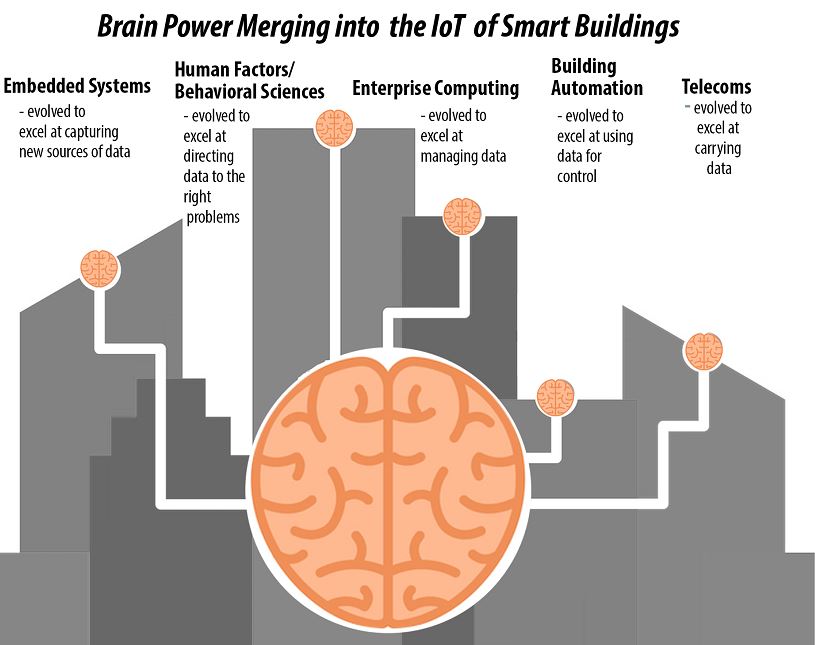Includes an interview with Jason Shepard, Dell Technologies Director of IoT Strategy
 Therese Sullivan,
Therese Sullivan,Principal,
|
January 2018 |
[an error occurred while processing this directive] |
| What's Happening at the Edge of IT/OT Convergence Includes an interview with Jason Shepard, Dell Technologies Director of IoT Strategy |
 Therese Sullivan, Therese Sullivan,Principal, |
| Articles |
| Interviews |
| Releases |
| New Products |
| Reviews |
| [an error occurred while processing this directive] |
| Editorial |
| Events |
| Sponsors |
| Site Search |
| Newsletters |
| [an error occurred while processing this directive] |
| Archives |
| Past Issues |
| Home |
| Editors |
| eDucation |
| [an error occurred while processing this directive] |
| Training |
| Links |
| Software |
| Subscribe |
| [an error occurred while processing this directive] |
Technologies with
the power to transform lives, industries, and societies almost always
spring from the meeting of science and art. Author Walter Isaacson has
documented how innovation happens at these crossroads in his
biographies of Leonardo da Vinci, Benjamin Franklin, Albert Einstein
and Steve Jobs. His book The
Innovators is a compendium on the topic, offering highlights
from the lives of other ‘hackers, geniuses and geeks’ that made the
discoveries that have led us to today’s digital revolution. This moment
in Tech feels particularly
transformative in that the silo mentality that has kept various
engineering disciplines apart and evolving along different lines is
breaking down. Experts in enterprise computing, telecoms, embedded
systems, automation & controls are all contributing their brain
power to a common goal—realizing smart and connected systems, aka the
Internet of Things (IoT).

To
be working on the IoT-enablement of a big commercial building or
campus today is not just to be at an intersection of tech and the art
of human-factors design, it is like merging onto a multi-lane
super-highway of tech and design considerations. In my article of last month, I quoted a few people
navigating this experience, and they offered some reliable pointers
about what to expect next—what approaches, technologies and companies
are likely to win out as IT and OT converge. For example, Gerry
Hamilton, Stanford University’s Director of Facilities Energy
Management, made the key observation that modern servers are now
designed for virtualization. And Paul Maximuk of Ford Land Energy
agreed with the trend toward virtual servers, and he said that Ford had
installed a more secure wireless and IP infrastructure while phasing
out any serial connections. In other words, if you are not in the
process of standardizing connectivity and grouping the applications
used for building operations onto a networked server architecture
rather than maintaining them on individual servers, you are not
future-proofing your facilities. You are not getting IoT-ready, to cite
the hashtag Ken Sinclair invented to promote our participation at
AHRExpo 2018 (#RUIoTReady).
VMware, one of the IT brands under the Dell umbrella, has long been at
the forefront of the virtualization trend, and Dell Technologies is an
IT partner to a number of respected independent building automation and
controls companies like Kodaro and KMC Controls. Plus, Dell is
sponsoring Walter Isaacson’s podcast, Trailblazers, about digital disruption and innovators
using tech to enable human progress. So, I thought, “Who better to
ask about the coming together of IT/OT than Jason Shepard, Dell
Technologies Director of IoT Strategy?” He offered this insight:

Note
that Project-Haystack
is an EdgeX Foundry member. You can read more
about the fit for Haystack-compliant data models with EdgeX core
services in this presentation given by Satish Ram, Director of
IoT Technology Partnerships, Dell, last spring at the Haystack Connect
conference.
I’ll be on a panel discussing Growing the Open Intelligent Edgeat
the AHR
Conference, Mon. January 22, 1:30 PM - 2:30 PM | S103A where I can
share more about what I’ve learned on the topic by talking to
innovators last year. I would like to extend a big ‘Thank You’ to the
AHR Expo organization for the support they give our industry in
planning such events and inviting and hosting speakers like
me.
[an error occurred while processing this directive]
[Click Banner To Learn More]
[Home Page] [The Automator] [About] [Subscribe ] [Contact Us]